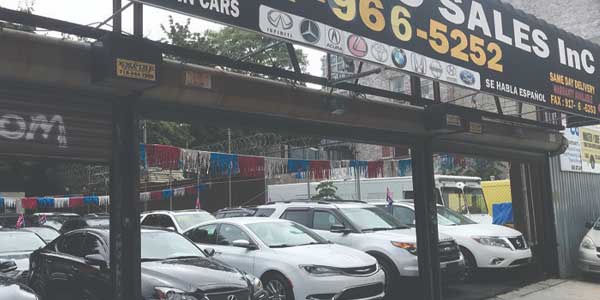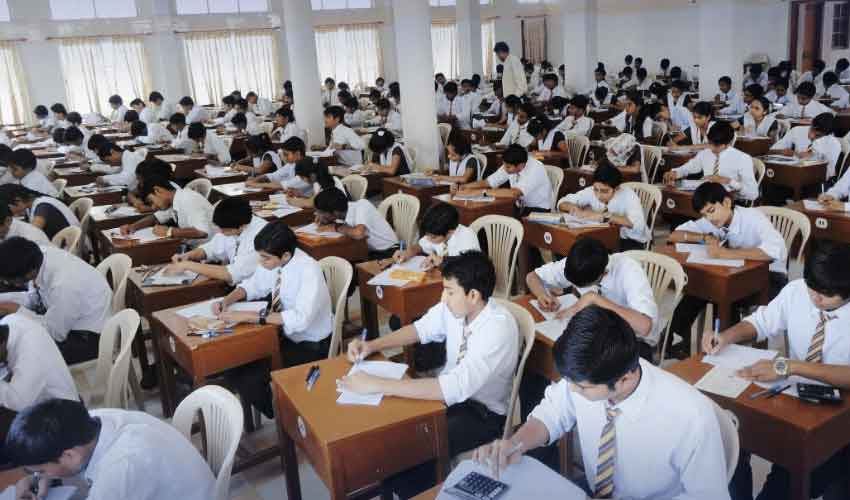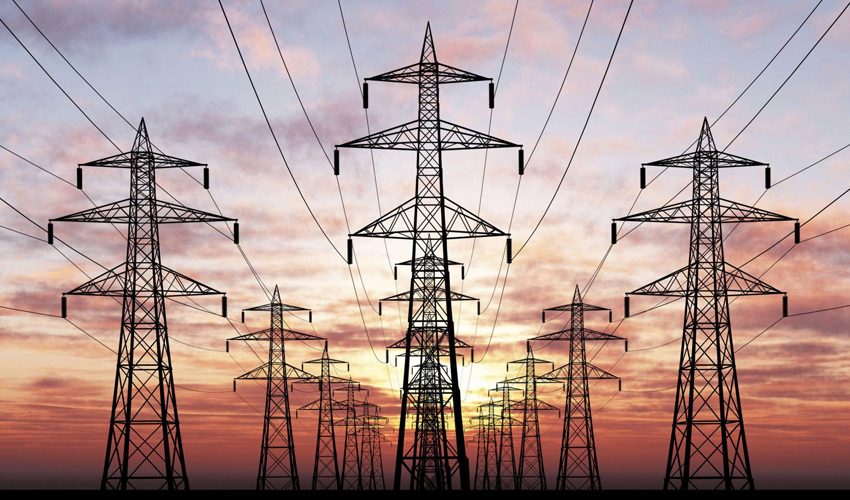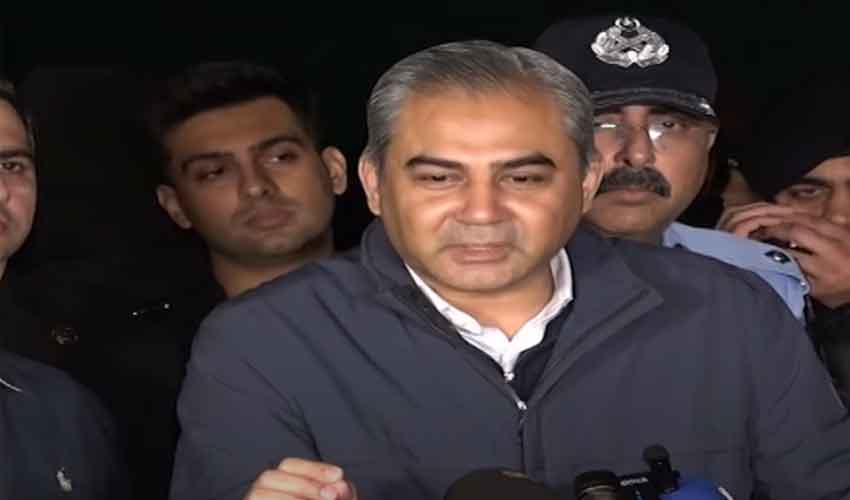The latest government data revealed a modest acceleration in retail sales across the United States in August, primarily driven by surging gas prices that bolstered sales at service stations.
According to the Commerce Department, retail sales in the world's largest economy increased by 0.6 percent, reaching a total of $697.6 billion last month. This represented a slight uptick from the revised 0.5 percent rise observed in July.
Economists had initially anticipated a slowdown in consumer spending from July to August, but consumers continued to defy expectations by sustaining their spending habits despite the looming threat of higher interest rates.
However, analysts caution against expecting this strength to persist. They cite concerns over a gradual weakening of the labour market and the financial burden of student loan repayments, which could eventually weigh on consumer spending.
These latest figures come on the heels of a mixed report on consumer inflation, raising questions about the need for further interest rate hikes by the US central bank to manage demand.
The report also revealed that when excluding gas station sales, retail sales in August only increased by 0.2 percent compared to July, a considerably lower figure than the headline data.
Breaking down the data further, sales at food and beverage stores cooled, as did spending at general merchandise stores. However, gas station sales experienced a significant surge of 5.2 percent from July to August, a stark contrast to the meagre 0.1 percent increase in the previous month.
Economists at Pantheon Macroeconomics pointed out that the surge in gas station sales can be attributed to a substantial 10.6 percent rise in gas prices. They also noted that increased spending on gas likely came at the expense of discretionary spending in other areas.
As economist Michael Pearce from Oxford Economics observed, consumption growth appears to be on track for a robust third quarter this year. However, he cautioned that mounting challenges such as slowing job and wage growth, the resumption of student loan repayments, and tightening borrowing conditions could pose headwinds to consumer spending in the near future.



























